Nascita
aggiornamento: March 27, 2020
Last updated on 27 March 2020 by the Italian Ministry of Justice
BIRTHS
Rules for the registration and acknowledgement of births
Legal capacity is acquired through birth. The legal rights of the unborn child are subordinate to birth.
Information contained in the birth certificate
The birth certificate contains the following information:
- place of birth;
- year, month, day and time of birth;
- personal details, citizenship, residence of the parents of a child born within marriage;
- personal details, citizenship, residence of the persons making the declaration of acknowledgement of a child born outside of marriage and the persons who have given, by public deed, their consent to be named;
- sex of the child and name given to him or her.
If the declarant does not name the child, the registrar does so. For children whose parents are not known, the registrar gives the child their first name and surname. The registrar verifies the true facts of the birth by means of the certificate confirming childbirth or the self-certification and states in the birth certificate how the birth was verified.
Establishing the birth certificate
To establish the birth certificate, one of the parents, a representative with special power of attorney, the doctor or midwife or another person who witnessed the birth declares the birth to the registrar, respecting the mother’s wish not to be named if applicable.
The declaration is accompanied by a certificate confirming childbirth containing:
- the mother’s personal details;
- the name of the municipality, hospital, clinic or other place where the birth took place;
- the day and time of birth;
- the sex of the child.
If the mother has not been assisted by medical personnel during the birth, the declarant, unable to produce the certificate confirming childbirth, produces a self-certification.
Time limit for declaring a birth
A birth may be declared within ten days of the birth, at the municipality where the birth took place or alternatively, within 3 days, at the administrative office in the hospital or clinic where the birth took place. In the latter case, the declaration may also contain the concomitant acknowledgement of a child born outside of marriage and, together with the certificate confirming childbirth, it is forwarded by the administrative manager, for registration, to the registrar of the municipality where the birth centre is located or, at the request of the parents, to the municipality of residence of the parents, in the subsequent ten days, also electronically so as to guarantee the authenticity of the documentation sent according to the legislation in force. The parents, or one parent, also have the right to declare the birth in their own municipality of residence within ten days of the birth. In the event that the parents do not reside in the same municipality, unless otherwise agreed between them, the birth is declared in the municipality of residence of the mother. In such cases, where the declarant does not present the certificate confirming childbirth, the municipality in which the declaration is made must obtain said certificate from the birth centre where the birth took place. The registrar who registers the birth in the municipality of residence of the parents or mother must notify the municipality of birth of the name of the newborn and the details of the birth certificate received.
Acknowledgement of children
- Child born within marriage with the husband as the father
There is a legal presumption of paternity in the Italian system, whereby the mother’s husband is the father of the child conceived by her during the marriage. A child is presumed to have been conceived during the marriage if he or she is born within 300 days following the date of annulment, dissolution or termination of the civil effects of marriage. The presumption does not stand once 300 days have elapsed following a declaration of legal separation, or approval of consensual separation, or the date of appearance of the spouses in court, when they have been authorised to live separately pending the conclusion of separation proceedings or proceedings for annulment, dissolution or termination of the civil effects of marriage, even if each of the spouses and their heirs, as well as the child, can prove that the child was conceived during the marriage.
The presumption of paternity may only be countered through rescission of paternity, currently provided for in Sections 243 bis et seq. of the Italian Civil Code, which allows the husband, the mother and the child him/herself to prove that there is no filial relationship between the child and the presumed father.
- Acknowledgement of a child born outside of marriage
The father and the mother may acknowledge a child born outside of marriage, even if they were already married to another person at the time of conception. Acknowledgement is made in the birth certificate or through a specific declaration after the birth or conception, before a registrar or in a public deed or in a will.
If the child has reached the age of 14, his/her consent is required for acknowledgement to take effect. If the child is under the age of 14, the consent of the other parent who has already acknowledged the child is required.
The acknowledgement must be made by parents over the age of 16, unless otherwise authorised by the court, which assesses the circumstances and the interests of the child.
In no case can acknowledgement contradict the status of child of the person.
Relevant legislation
Italian Presidential Decree No 396/2000 - Regulation for the revision and simplification of the civil status registration system
ITALIAN ROYAL DECREE No 262 of 16 March 1942 – Civil Code
- Section 1 – Legal capacity
- Section 231 – Paternity of the father
- Section 232 – Presumption of conception during marriage
- Section 234 – Birth of child after 300 days
- Section 236 – Birth certificate and possession of status
- Section 243 bis – Rescission of paternity
- Section 250 – Acknowledgement
- Section 253 – Inadmissibility of acknowledgement
- Section 254 – Form of acknowledgement
►Help us improve►Contact Assistance Services |
 |



